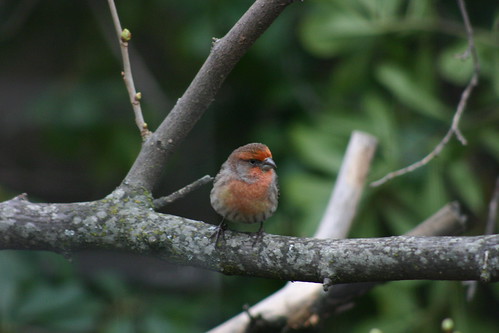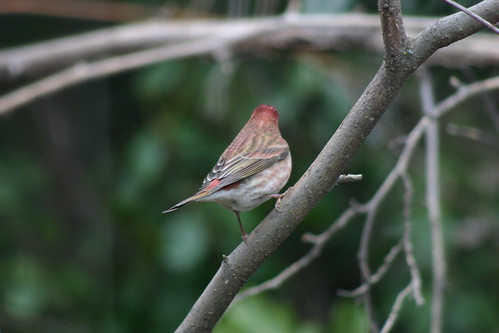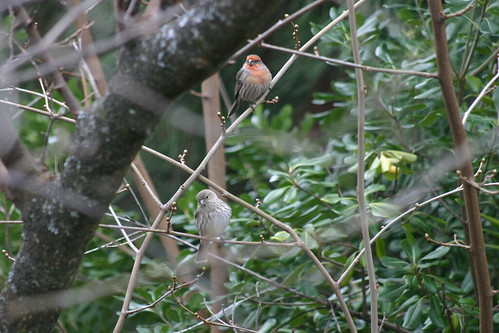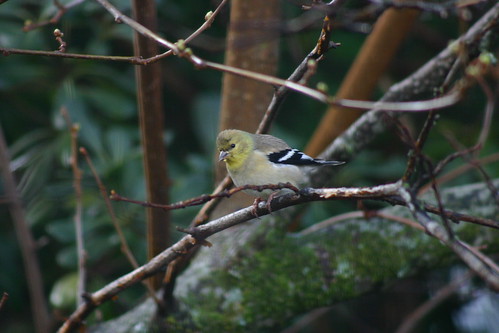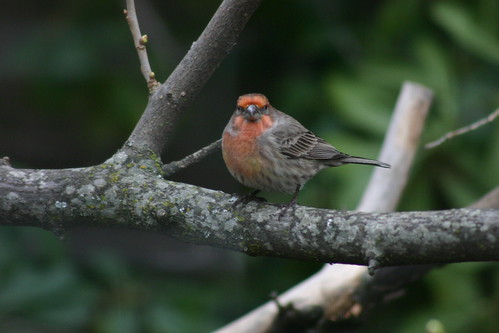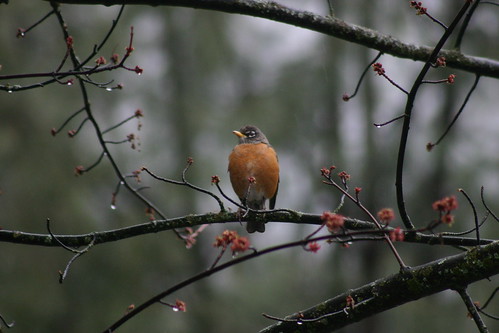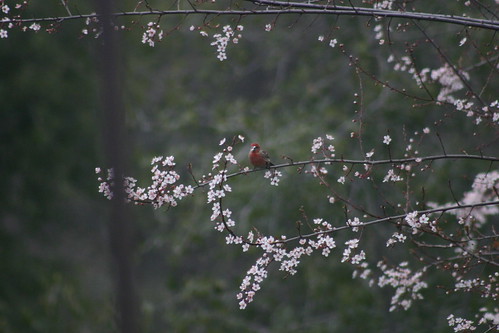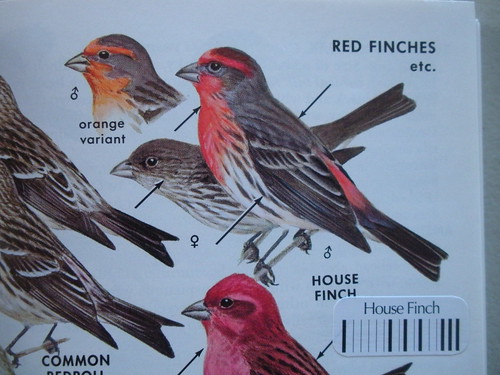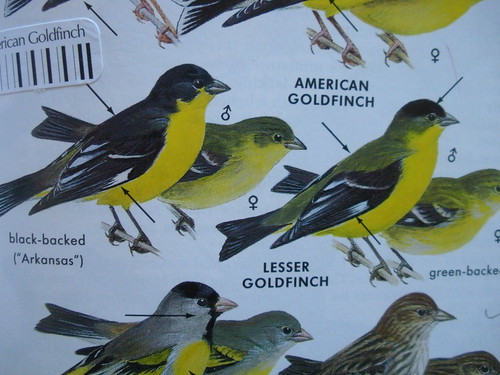Illustration: Archibald Knox. Carpet design, c1900.
The Manx artist and designer Archibald Knox was an extremely wide-ranging designer who produced work in many disciplines particularly in metalwork and jewellery. However, Knox also produced a wide range of design work in textiles including printed as well as carpet and rug design.
Much of his carpet design work is very much in the mould of his metalwork, with highly stylised floral imagery being in some ways subservient to a general geometric quality. The work is often acutely symmetrical, with defined areas of pure colour. Although the carpets may well lack a certain air of subtlety, they are excellent pieces of decorative art work that take the carpet parameters as a canvas, placing an equal emphahsis on both the pattern itself and the framework of the carpet.
However, the example that illustrates this article is slightly different and although perhaps much less dramatic than some of Knox's finished pieces, does have a beauty of its own. The piece is a working illustration produced in about 1900. It was meant by Knox as a carpet design, but whether it was ever produced is uncertain. Irrespective of whether the design was put into production, it is an excellent example of the creative journey between the English Arts & Crafts movement and that of the European led Art Nouveau. The potentially fraught passage in England between the two ideologies of Arts & Crafts and Art Nouveau produced some excellent work, but also a large proportion of unsatisfactory examples that were to confuse and complicate the decorative and design system in England.
From the Gothic Revival and William Morris, the English Arts & Crafts movement had held to the discipline of the acute observation of nature, transposing this throughout the discipline of surface pattern and ornament. Although much of the decorative art produced by the English Arts & Crafts movement was in fact stylised and not truly copied from nature, the stylising to a great extent, was kept at a relatively low level. Morris himself was well aware and made it clear throughout his lecture tours, that natural observation of nature could not be the only factor in pattern work and decoration. Stylisation was an obvious tool to be used by the designer. However, this stylization was always meant to be subservient to the subject, not the other way around.
Many English designers and pattern makers who had been brought up through the system of Arts & Crafts and its philosophy of truth and honesty to both material and subject, had various problems with the European ideal of Art Nouveau. In many respects, the two systems shared a basic belief in the power of nature and used it as the foundation of their respective movements. However, the Art Nouveau system placed much more emphasis on the use of stylisation, to such an extent that often the original subject matter was lost in the convolutions of pattern, so much so that the original natural subject became almost an abstraction. The initial natural inspiration became subservient to the stylization, which to the English Arts & Crafts establishment was a clear anathema.
Although initially dismissed as a European short-term fad by the English, Art Nouveau did persist and became a viable and long-term option for decoration and pattern. Because the English already had a well defined and heavily rooted dependency on nature for its decorative inspiration, much of which came from the Arts & Crafts movement, integrating Art Nouveau with its unique dependency on nature, was problematic. The solution was an inevitable English compromise, the blending of both systems in the hope of producing a uniquely English hybrid. Although much of the blending rarely worked and in some cases proved to be disastrous, when it did come together successfully, it proved to be exceptional.
The Archibald Knox idea for a carpet design proved to be one of those cases whereby the stylisation of European Art Nouveau and the intrinsic sensibility to nature of the English Arts & Crafts movement, proved that both could in fact be accommodated within the one decorative style. To some extent, it could be said that the combination proved to be stronger than the separate pieces. Knox produced an effortless and truly stunning example in his 1900 design. It contains a number of different aspects of character and cultural outlook that do not automatically appear to be compatible, including that of the sensuously organic, the relative closeness to its natural and initial subject matter, as well as having an element of the cautious detachment that is so much a part of the English character. That Knox was able to produce work that entailed all of these seemingly disparate elements and more, shows not a designer that lived for compromise and inclusion, but one that understood the complexity of the natural world, its many features and how that is reflected in the human desire for pattern and decoration.
This one example hopefully shows that the subject matter of the natural world is one that is fundamental to pattern work. Human decoration has depended so heavily on nature throughout its long history that it seems somewhat redundant to state the obvious. However, our dependence on the natural world for both inspiration and survival seems at times to be treated with an element of flippant negligence and even arrogant indifference, particularly when seen in the context of our race towards a near universal urban lifestyle with now over half of humanity living within an entirely urban environment.
The contemplation of the natural world, whether it be through the individual and uniquely aware decorative work of Knox, or that of other creative individuals, disciplines and mediums, is a unique factor of human creativity that should be treasured, developed and maintained for future generations.
Reference links:Archibald Knox Journal of the Archibald Knox Society
Journal of the Archibald Knox Society Designs of Archibald Knox for Liberty & Co.
Designs of Archibald Knox for Liberty & Co. Art Nouveau Floral Patterns and Stencil Designs in Full Color (Dover Pictorial Archive Series)
Art Nouveau Floral Patterns and Stencil Designs in Full Color (Dover Pictorial Archive Series) 150 Full-Color Art Nouveau Patterns and Designs (Promotionals, Displays)
150 Full-Color Art Nouveau Patterns and Designs (Promotionals, Displays) Art Nouveau Designs (Design Source Books)
Art Nouveau Designs (Design Source Books) Textiles Of The Arts And Crafts Movement
Textiles Of The Arts And Crafts Movement Arts & Crafts Movement (Art of Century)
Arts & Crafts Movement (Art of Century) The Arts and Crafts Movement in Europe and America: Design for the Modern World 1880-1920
The Arts and Crafts Movement in Europe and America: Design for the Modern World 1880-1920 The Arts and Crafts Movement in Britain (Shire History)
The Arts and Crafts Movement in Britain (Shire History) Art of the Celts: From 700 BC to the Celtic revival (World of Art)
Art of the Celts: From 700 BC to the Celtic revival (World of Art) Art Nouveau Patterns (Dover Pictoral Archive)
Art Nouveau Patterns (Dover Pictoral Archive)
 Back in July last year, we wrote about some items from our collections relating to Arthur Conan Doyle. We deliberately left one item out from that post, as we wanted to write in more detail about it at a later date.
Back in July last year, we wrote about some items from our collections relating to Arthur Conan Doyle. We deliberately left one item out from that post, as we wanted to write in more detail about it at a later date. But do we know if their interest in spiritualism was enough for these men to test out the "telepathic effects" of the tincture"? Did Holmes, indeed, ever contact them? So far, our research has drawn a blank...
But do we know if their interest in spiritualism was enough for these men to test out the "telepathic effects" of the tincture"? Did Holmes, indeed, ever contact them? So far, our research has drawn a blank...















